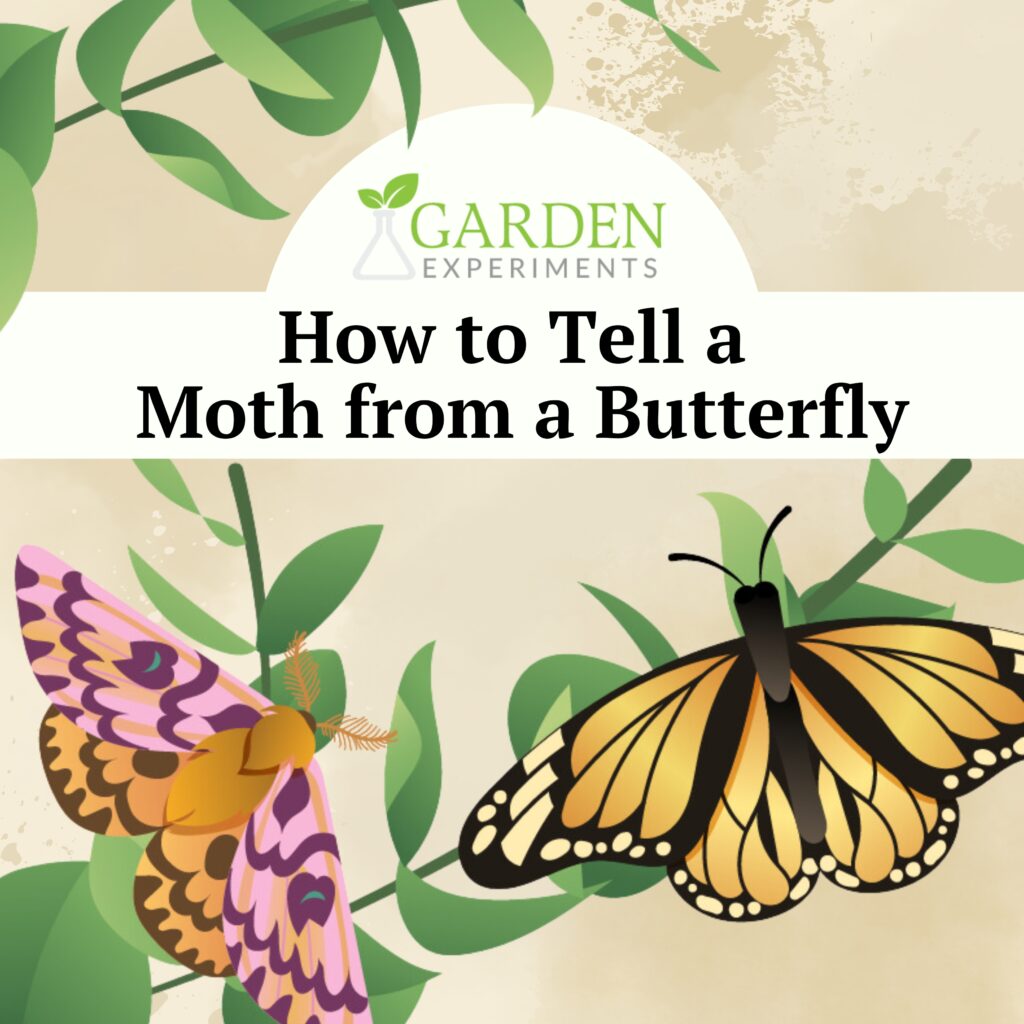Butterflies and moths belong to the same scientific order Lepidoptera, which means “scale-winged” in Greek. Their wings are covered in thousands of tiny scales that overlap, creating colors and patterns. While they share some similarities, such as their winged appearance and life cycle, they also have many differences. Here’s a breakdown of their similarities and differences in morphology and activity.
#1 Appearance of Moths vs. Butterflies
One of the most noticeable differences between butterflies and moths is their morphology. Butterflies have thin, hairless antennae that end in a club-like shape, while moths have feathery or comb-like antennae.
Butterflies also tend to have slender bodies and are usually brightly colored, with wings held vertically when at rest. Moths, on the other hand, often have stout, fuzzy bodies and are usually more drably colored, with wings that rest flat or tented over their bodies.
Moths come in all shapes and sizes. Some resemble hummingbirds and even fly like them. Some resemble bees, and some moths look like wasps. Many moths are well-camouflaged to help them hide from predators.
BUTTERFLY MORPHOLOGY
- thin, hairless antennae that end in a club-like shape
- slender bodies
- usually brightly colored
- wings held vertically when at rest
MOTH MORPHOLOGY
- feathery or comb-like antennae
- stout, fuzzy bodies
- usually drab in color
- wings held flat or tented over their bodies when at rest
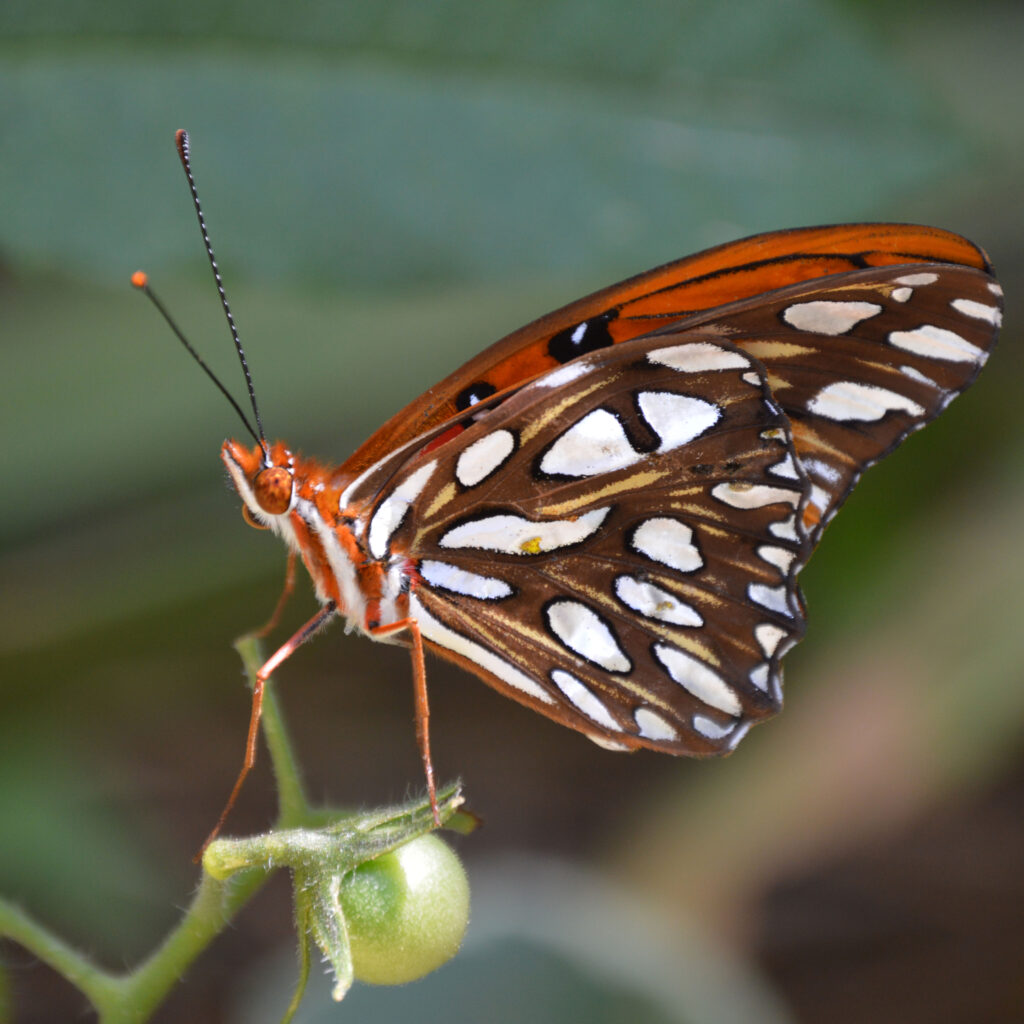
Gulf Fritillary Butterfly
Club-shaped antennae of the Gulf Fritillary Butterfly. Also, note the wings are closed when the insect is at rest.
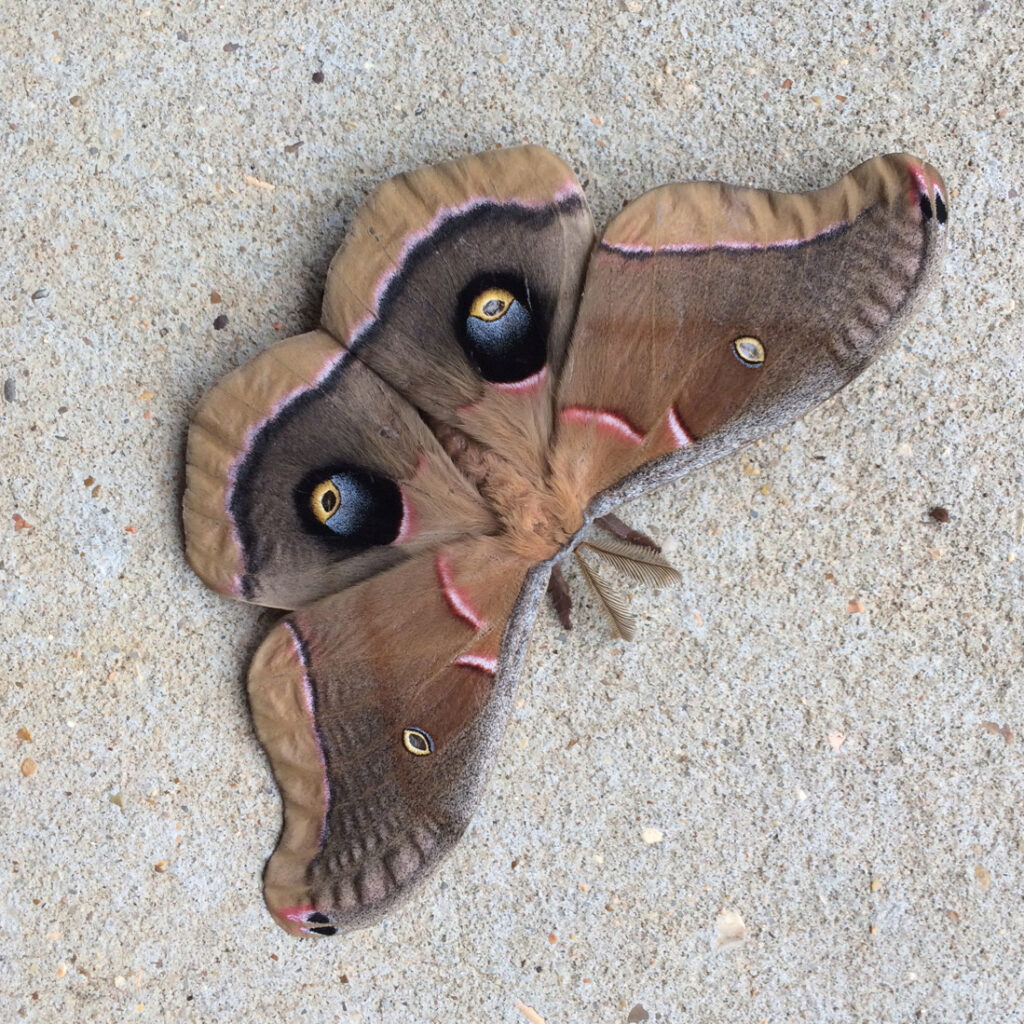
Polyphemous Moth
Feathery antennae of the Polyphemous Moth. Also, note the wings laid to the side of the body when the moth is at rest.
#2 Food Sources
Butterflies and moths have different feeding habits. Most butterflies feed on the nectar of flowers, while moths have a wider range of feeding habits. Some moths feed on nectar like butterflies, while others feed on tree sap, fruit juices, or even the blood of animals. Additionally, some moth caterpillars are known to be pests of agricultural crops.
BUTTERFLY FOOD SOURCES
- feed on nectar from flowers
MOTH FOOD SOURCES
- feed on tree sap, fruit juices, and even the blood of animals
- some caterpillars are known pests of agricultural crops
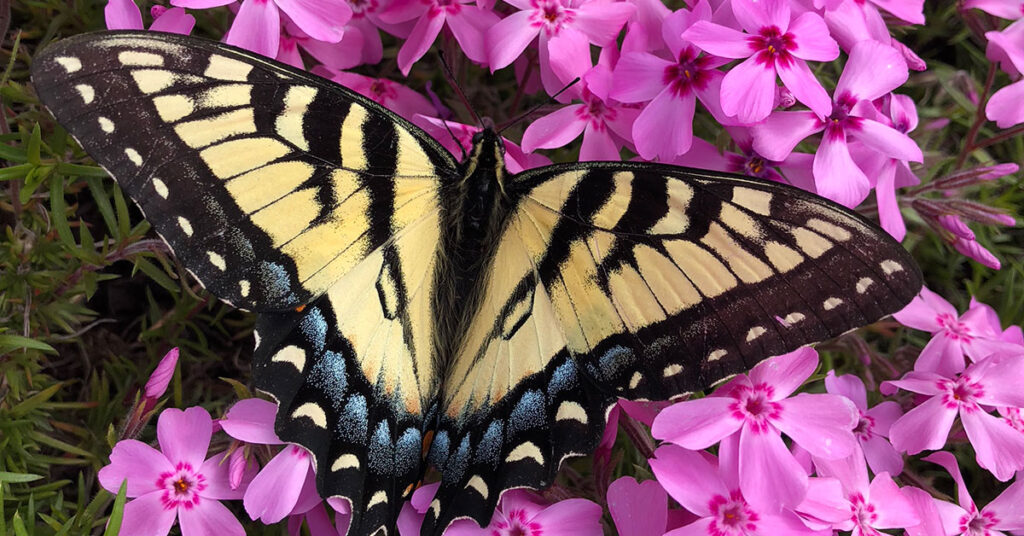
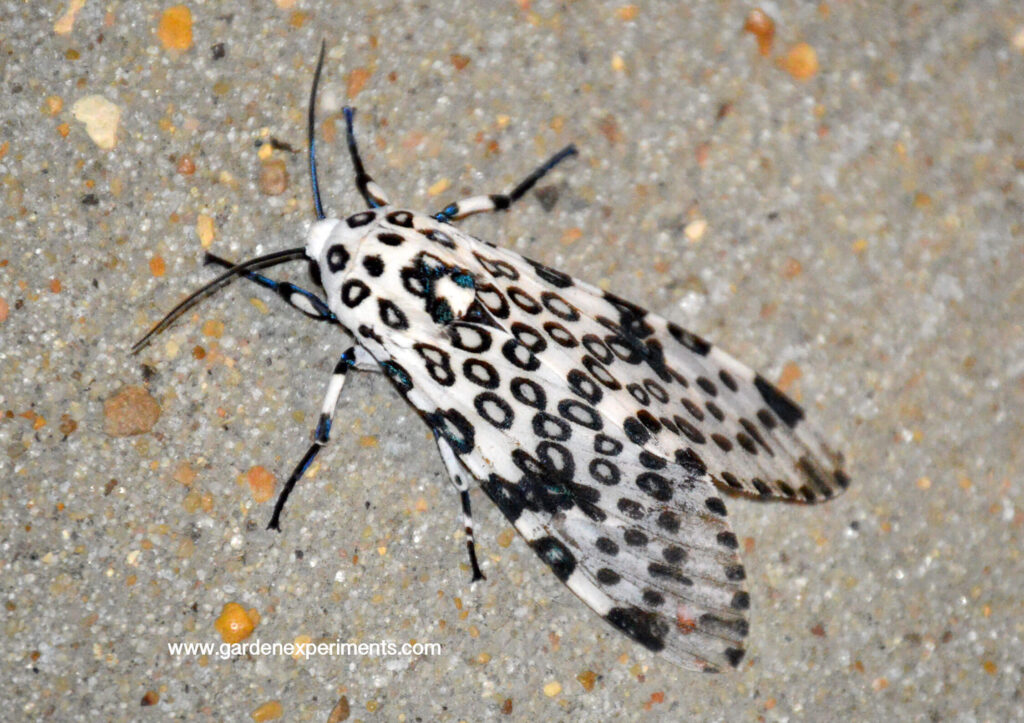
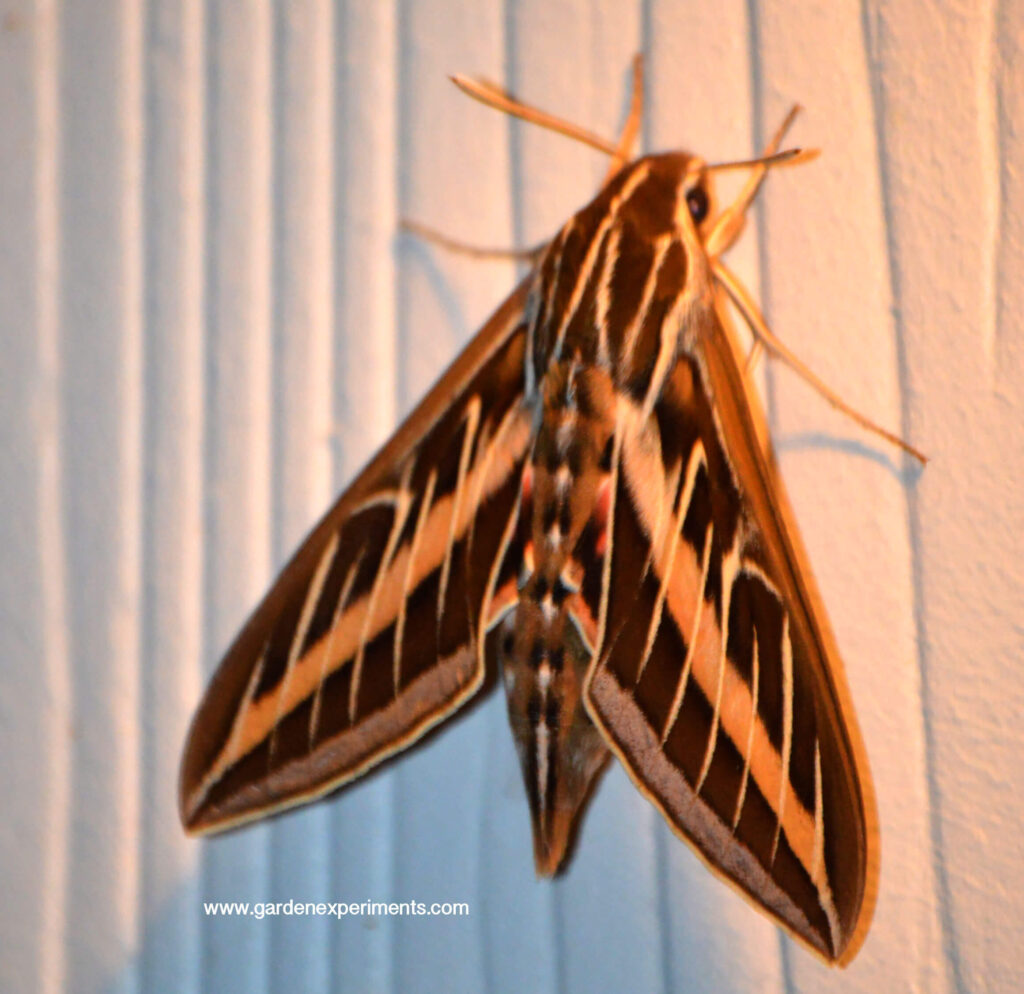
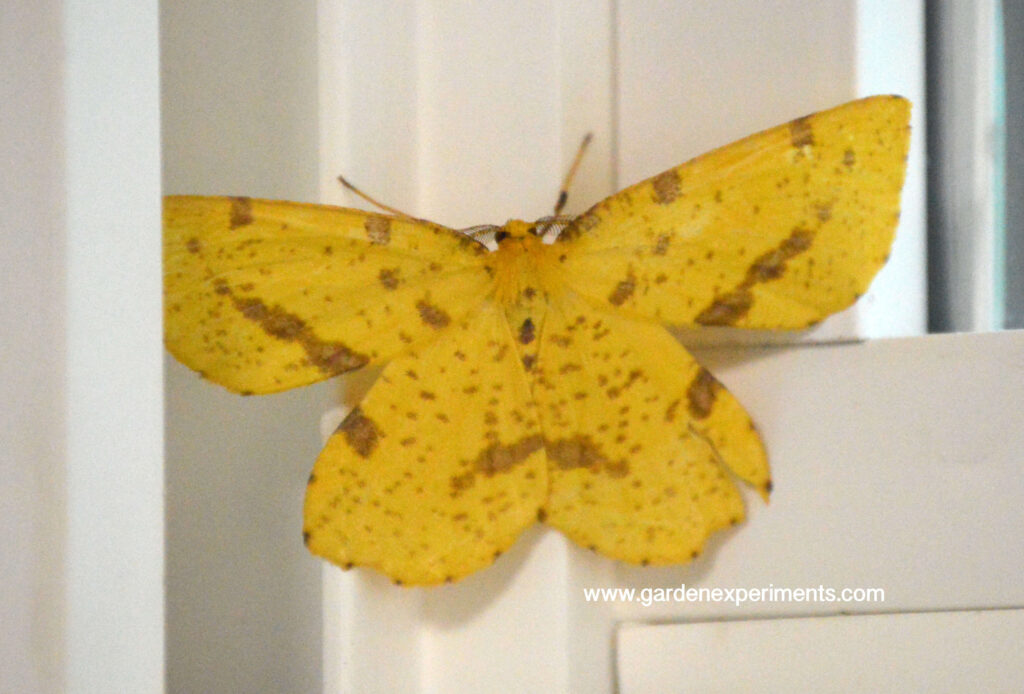
#3 Time of Activity
Butterflies are generally diurnal, meaning they are active during the day, while moths are often nocturnal and are attracted to light sources at night. However, there are also many species of moths that are active during the day, and some butterflies that are crepuscular, meaning they are most active during twilight hours.
BUTTERFLY TIME OF ACTIVITY
- generally diurnal (active during the day)
MOTH TIME OF ACTIVITY
- generally nocturnal (active during the night)
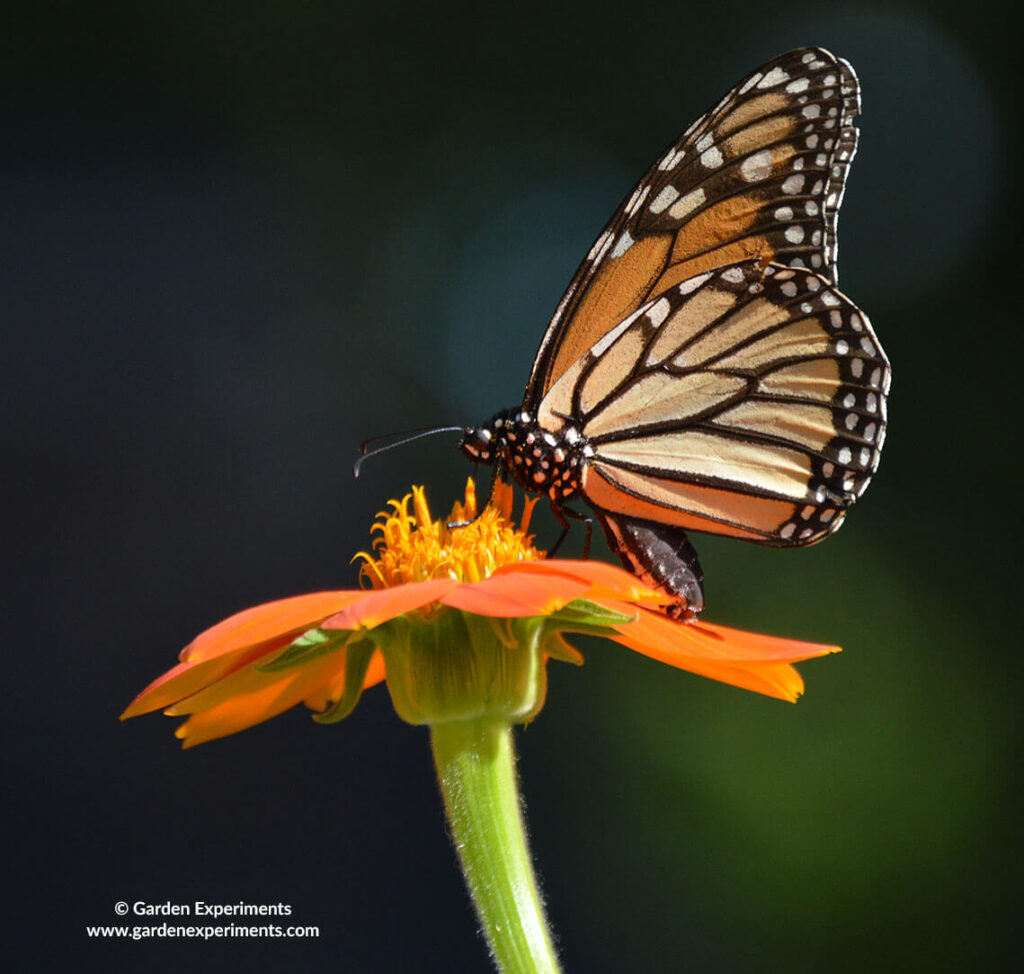
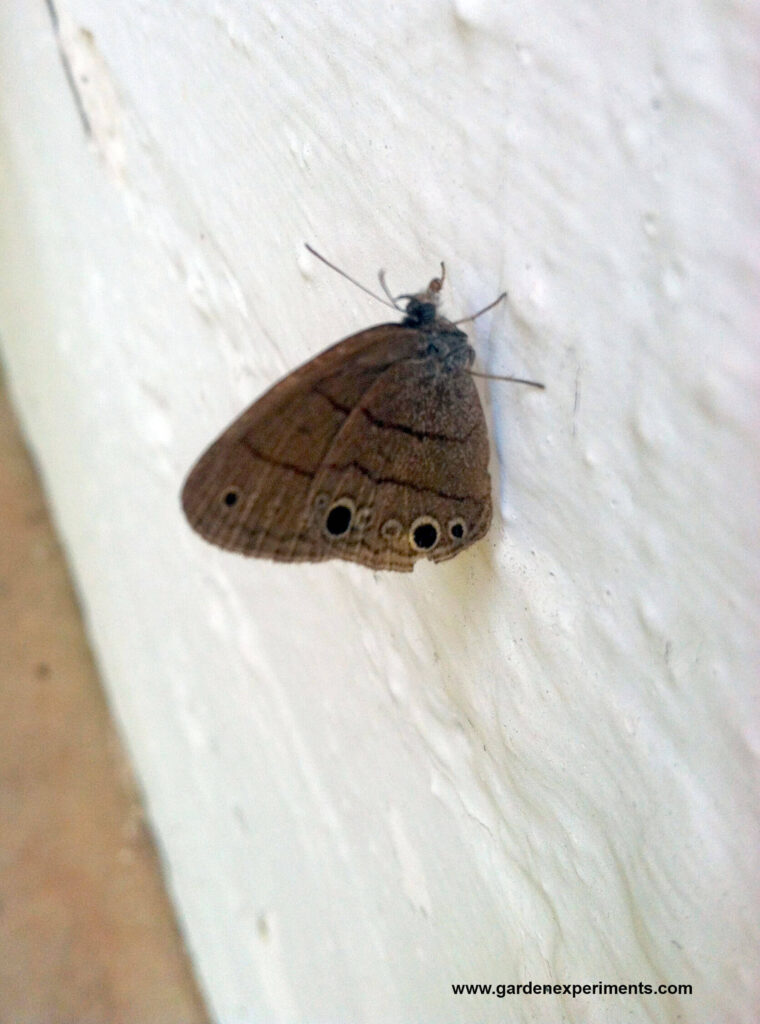
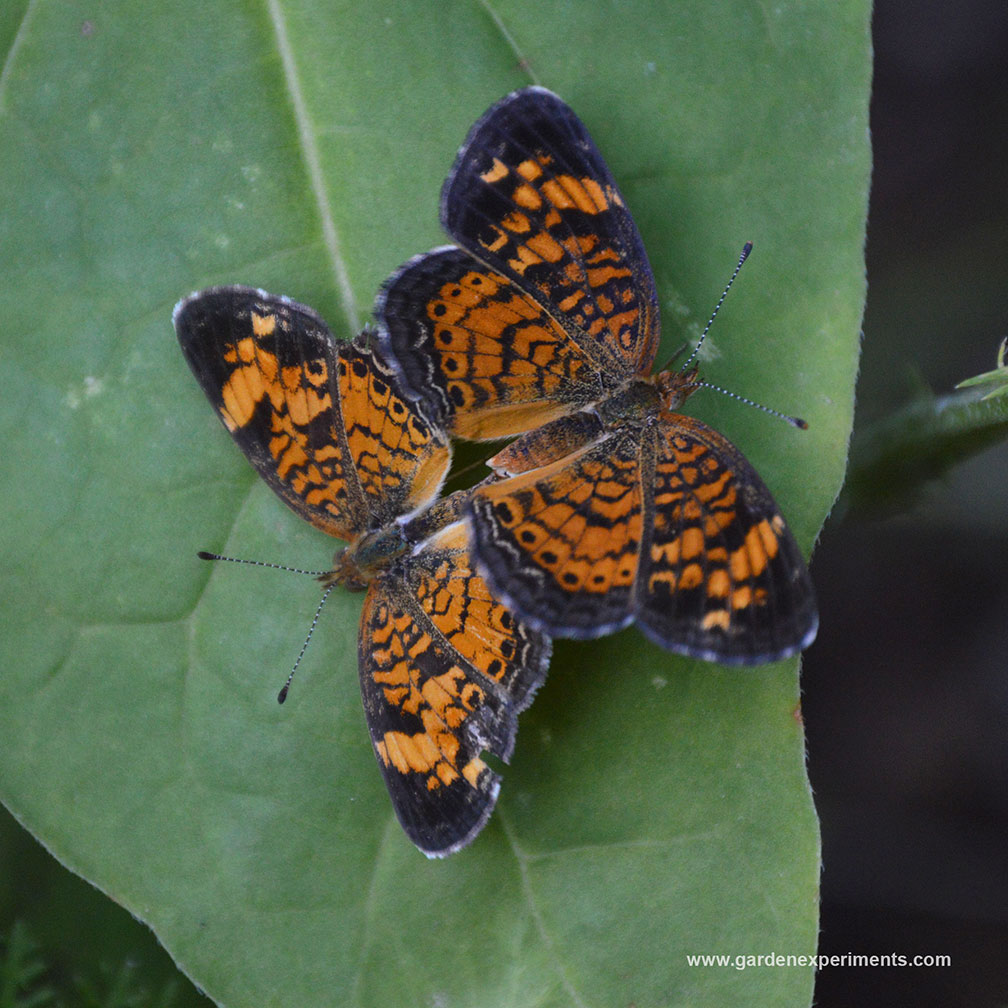
Infographic on How to Tell a Butterfly from a Moth
